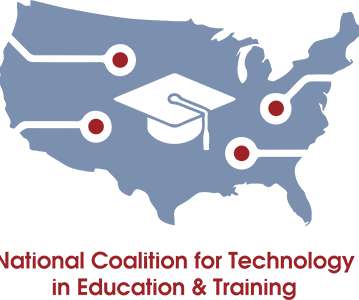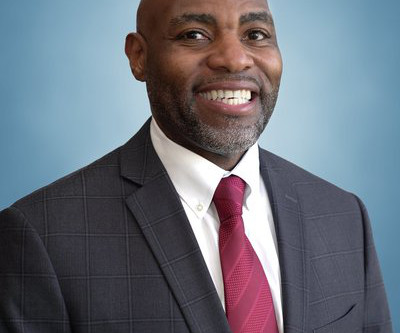Library 2.0
Learning with 'e's
MARCH 2, 2012
What does the future hold for our university libraries? The library has long been seen by many as a very traditional, conservative institution, and is often portrayed as a place where rows upon rows of antiquated book shelves slowly gather dust. Just how are libraries adapting to the digital age and all it brings?






















Let's personalize your content